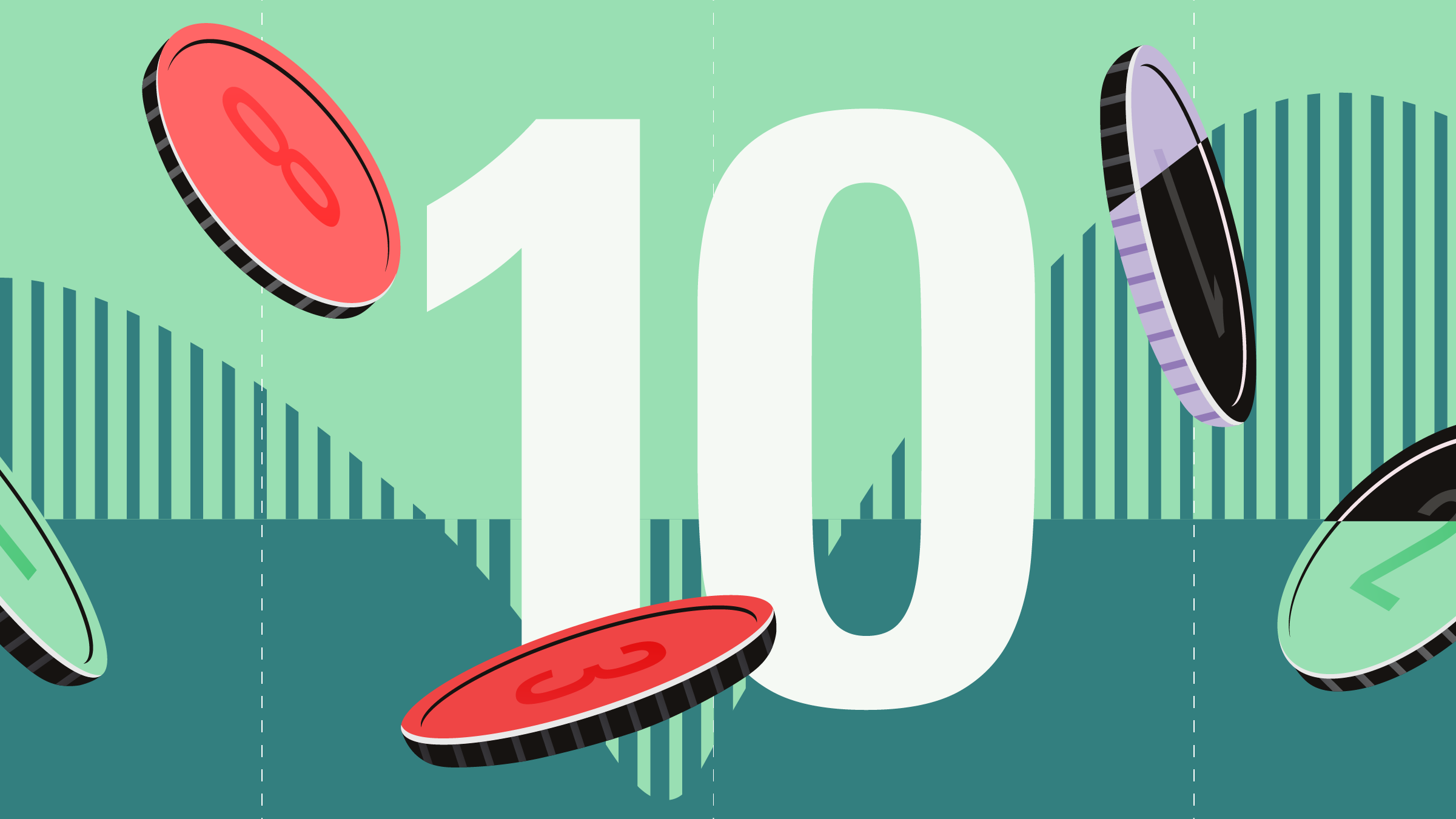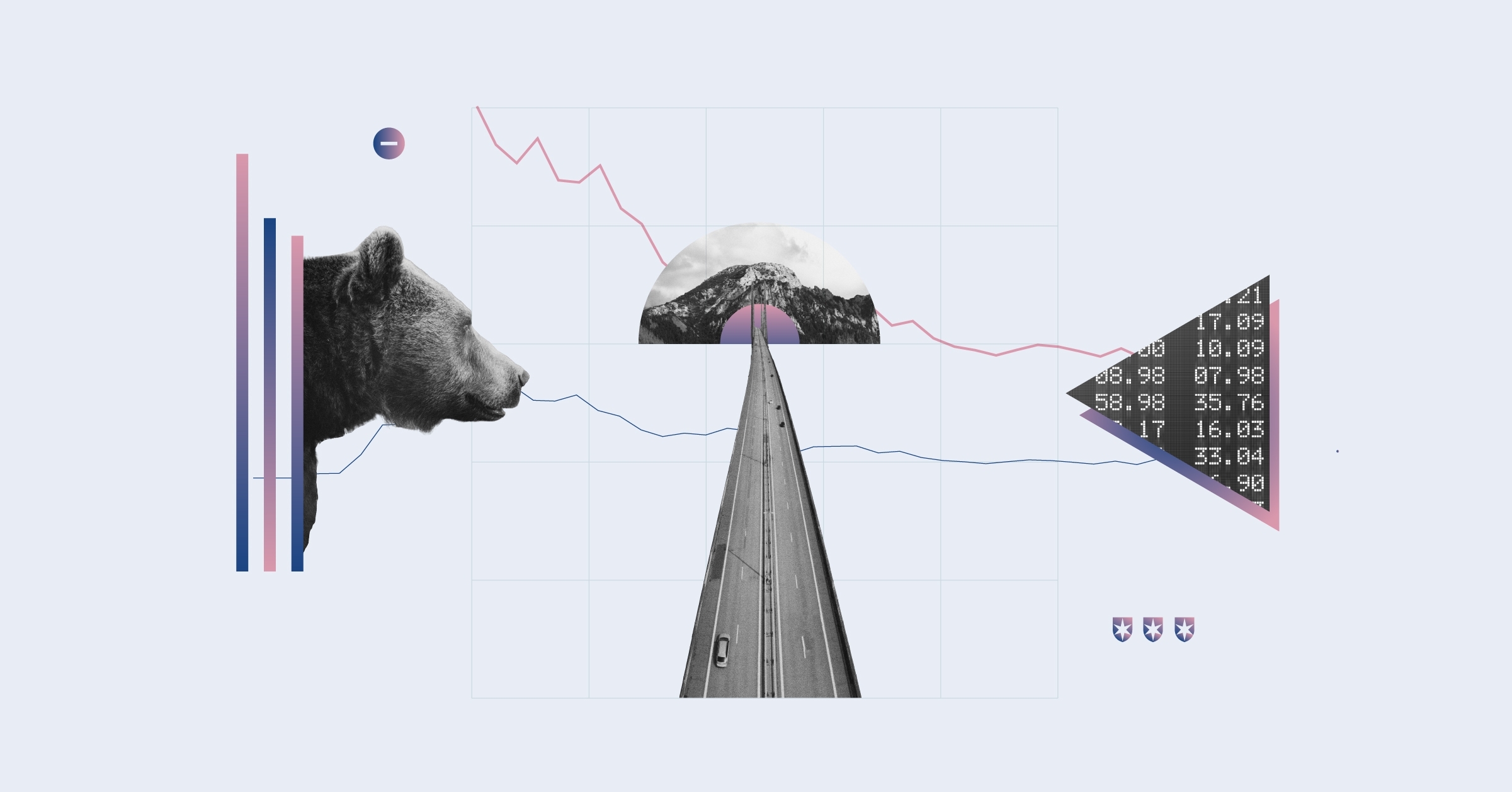This article is part of Morningstar's Guide to Financial Christmas Gifts. As you consider whether your friends and family have been naughty or nice we'll be revealing all you need to know about financial gifts for Christmas.
Year to date all the main commodity sub-sectors have lost money and the main index was down another 6% in November led by a very weak energy sector that collapsed by 13%. This continued a long, difficult period since the commodity index peaked in April 2011 since when it has fallen 27%. Can there be much further downside given that crude oil is down 45%, gold 38% and copper 35% from their 2011 highs, while corn and wheat have collapsed 58% and 35% respectively from 2012 highs?
All recent news headlines have unsurprisingly centred on the energy market, particularly crude oil. Having traded in a sideways pattern for much of the past four years – Brent mostly trended between $100-120 per barrel – oil prices have been in virtual freefall since mid-year as global demand subsided and supply continued to increase thereby raising inventory levels.
US crude oil production has risen strongly to a new peak of 9.1 million barrels per day, compared to around 5.5 million barrels per day in 2011 which, together with increasing non-OPEC oil exports, has led to over-capacity. Even global conflicts have failed to help and indeed, whatever geo-political risk premium was in the price, has now evaporated.
The latest decline, taking prices through $70, followed OPEC’s decision to hold to its 30 million barrels per day output target, presumably in an attempt to slow US production growth. Additionally the financial flows out of the market, with the highest ever net long position becoming virtually the lowest ever in just a few months, certainly added to price pressures. The general view is that the Saudi’s decision not to act as swing producer will result in oil inventories continuing to build and prices could fall well below $70 over the next few months.
OPEC’s decision has added significantly to the already high degree of uncertainty for the oil industry and raises the question of the price level required to lower US shale oil production. A recent report from Wood Mackenzie maintained that at $70 per barrel only 150,000 barrels per day would be lost from production. Some are even more optimistic with consultancy Rystad Energy noting Brent would need to remain at $50 per barrel for 12 months before North American shale output drops 500,000 barrels per day. This compares with expected year end production of 6.4 million barrels per day.
There is little doubt that the industry is undergoing a major longer-term structural shift and prices are expected to be sustained at lower levels. Most commentators expect a year-end 2015 price of around $80-90 per barrel.
The outlook for industrial metals appears somewhat brighter than for oil but still not good. Medium term copper fundamentals suggest further downside pressure next year, as more supply comes on stream, although the near term outlook is a little more positive.
Fundamentals are now generally driving most base metals; this has not always been the case, and with aluminium already in deficit and zinc and nickel moving that way in 2015 there could be some upside. Because of low inventory levels, nickel is the metal most favoured by commentators.
With a strong dollar and falling inflation expectations, support for precious metals has also vanished and the gold price has failed to rebound sustainably above $1200 per oz. The market effectively ignored a Swiss referendum which, if it had been approved on November 30, would have required the Swizz National Bank to massively boost its gold holdings. The “no” vote prevailed but was offset by the news that the Indian government had lifted import restrictions which should at least create some new physical demand.
Not all commodity prices are in free-fall and some that were, such as agricultural prices, have rallied in recent months. With a record high US harvest for the main grains and high levels of global production, new year crop price prospects appear limited. As ever, much will depend on world weather, but it would take unexpected and substantial production problems to generate a shortfall in the supply-demand balance of world feed grain markets.





























